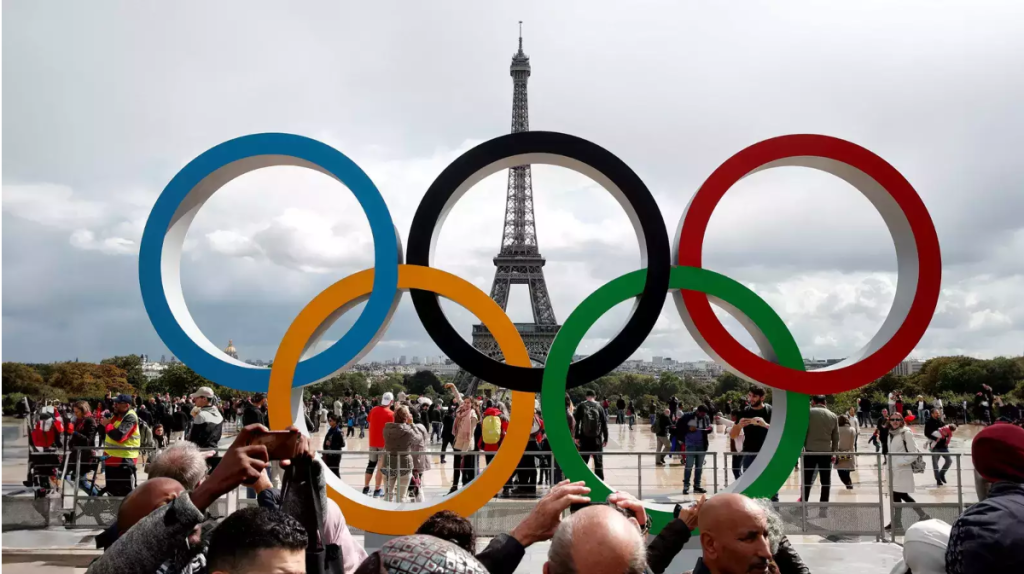Focusing on sports like cricket which bring in more revenues, and using existing stadiums in multiple cities can offset cost of hosting
India will leave no stone unturned in its bid to host the 2036 Olympic Games, said Prime Minister Narendra Modi last week. “This is the age-old dream of 140 crore Indians, it is their aspiration,” he declared.
This is very different from the sentiment of Manohar Singh Gill, who was sports minister when India hosted the 2010 Commonwealth Games. Gill was dead against trying to host the Olympics. He said it made no sense for a relatively poor country like India to spend the enormous sums needed. Declaring that China had spent $50bn on hosting the Games in 2008, he asked why India, a much poorer country, should do the same.
By 2036, the cost of hosting the Olympics may exceed $100bn. The high cost of the 2004 Games in Athens contributed to Greece’s economic crash in 2008. Montreal was famed for taking 30 years to pay off debts accumulated from holding the 1976 Olympics.
The Sochi Winter Games in Russia cost an estimated $55bn including $8.5bn for a rail line barely used after the event. One study estimated that the cost of maintaining the Sochi infrastructure exceeds $1bn per year.
The Rio de Janeiro Olympics in 2016 cost Brazil $13bn, including $2bn in operational losses. The 2020 Tokyo Olympics cost an estimated $35bn with huge losses.
New games with additional sporting requirements are added to the Olympic list every four years, constantly increasing construction and operating costs. The 2020 Tokyo Games added karate, skateboarding, sport climbing and surfing. Many more will be added by 2036. So, if India is the 2036 host, will that be a project of national pride or a folly of grandeur?
The answer lies in the intelligent introduction of cricket to the Olympics. Although the Games attract viewers from over 100 countries, people tend to focus on a few games where their national athletes are competing and ignore other events. TV and streaming revenues have historically failed to stem massive losses.
The best way forward is to include sports that have massive revenue potential. The International Olympic Committee (IOC) recently approved the inclusion of several new sports for the 2028 Los Angeles Olympics — cricket, flag football, lacrosse and squash, while reinstating baseball and softball.
Of these, cricket has the largest revenue potential. The recent India-Pakistan match is reported to have attracted a record 3.5 crore viewers, a global streaming record. Cricket alone could fetch billions of dollars in the Olympics, bringing massive revenues that can justify the hosting cost.
In the past, the new games added to the Olympics list were often obscure sports that attracted few spectators but required costly stadiums. The challenge is to increase the audiences without incurring massive new stadium costs, many of which lie unused for decades after construction. New Delhi is littered with little-used stadiums from past events.
Traditionally, the IOC insists on all events being held in one city. The Winter Games can be hosted in a small skiing resort but the summer Games, the big event, have to be held in a single major city with massive infrastructure.
If the 2036 Games are held in New Delhi, some old stadiums can perhaps be upgraded to meet Olympic standards. But it makes no sense to build several new cricket stadiums in one city. Far better will be allowing cricket in multiple cities, as in the current World Cup.
Once, when relatively few countries competed in a relatively few events, it made sense to hold all events in one city. That enabled live spectators to choose to see different events in different stadiums in the same city. But today the number of live spectators is a drop in the ocean. The overwhelming majority of viewers are watching on TV and streaming video. For them, it makes no difference whether different games are held in one city or several.
The cricket World Cup was once held in one country. But the 2023 Asia Cup was being held partly in Pakistan and partly in Sri Lanka. That increased the live audience, and also reached millions across the world.
The IOC needs to learn from this. It should abandon its policy of all games in one city. Permitting the use of multiple cities will also reduce the strain on one city and allow existing infrastructure in other cities to be used more fully, reducing new construction costs.
This article was originally published by The Times of India on October 21, 2023.


